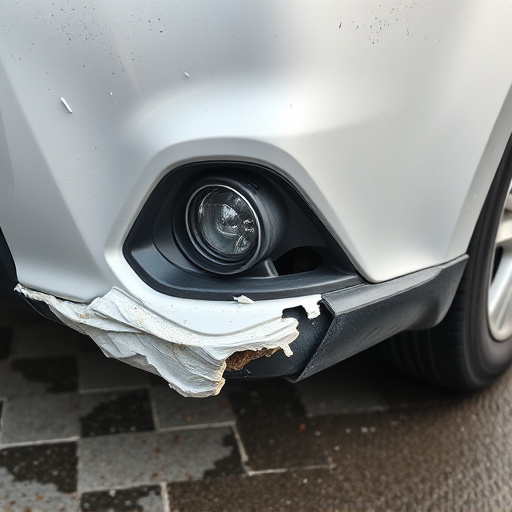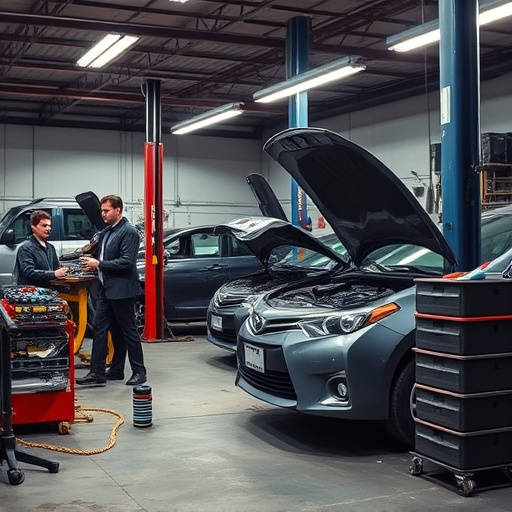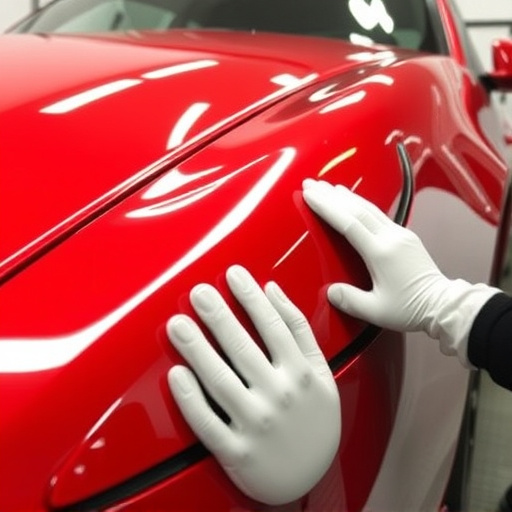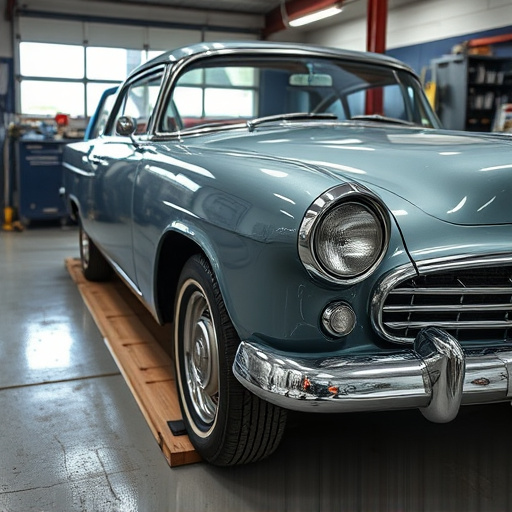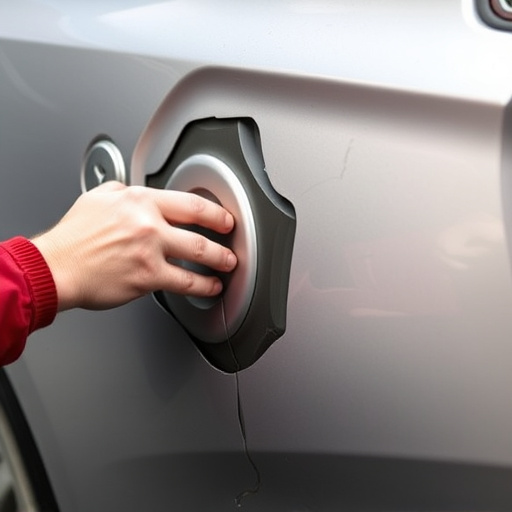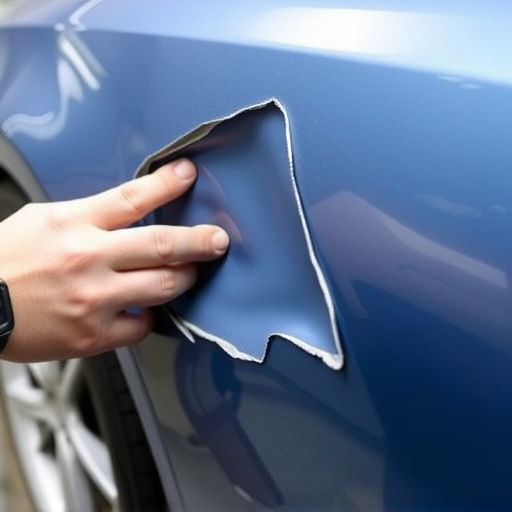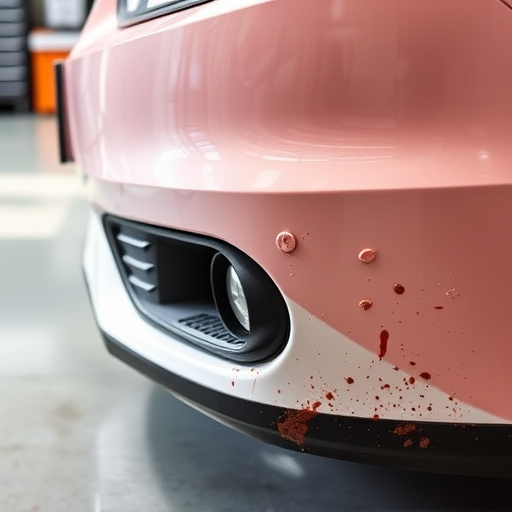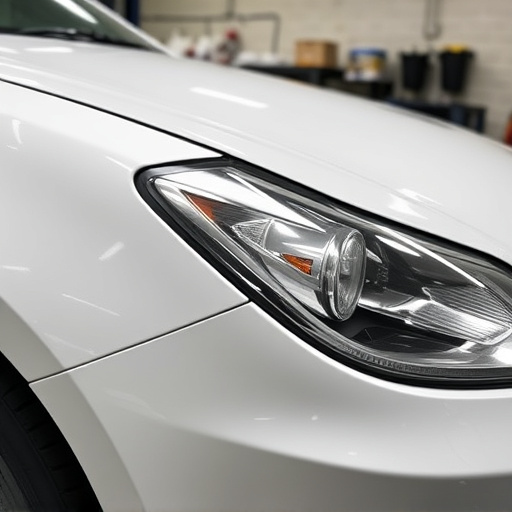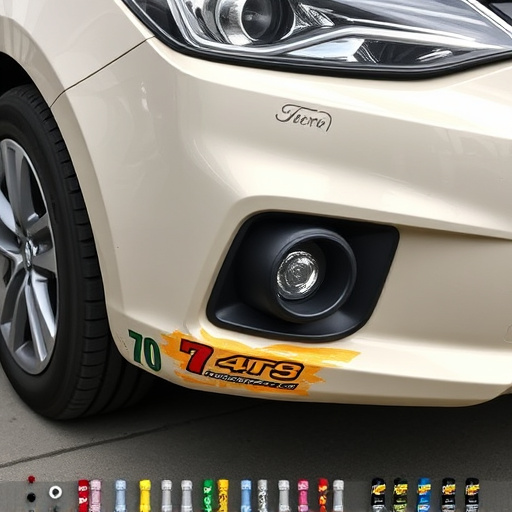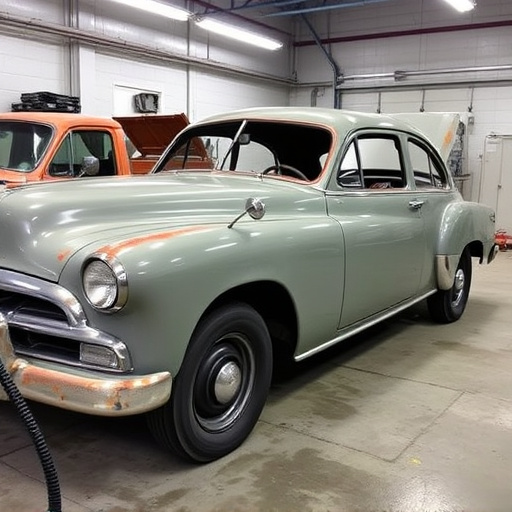Auto body collision repair involves a meticulous process: inspection, disassembly, metal straightening, paint application, and finishing. Efficient repair timelines rely on accurate assessment, quality parts, organized workspaces, and modern technologies, resulting in faster vehicle restoration, enhanced customer satisfaction, and competitive advantages for repair shops.
Auto body collision repair is a complex process that demands meticulous planning and execution. This article delves into the intricacies of repair timelines, offering insights into how efficient management can enhance service quality. From understanding the multi-step collision repair process to identifying key components that impact timeline optimization, we explore strategies for successful auto body collision repair. By focusing on these aspects, shops can ensure faster turnarounds and higher customer satisfaction.
- Understanding Auto Body Collision Repair Process
- Key Components of an Efficient Repair Timeline
- Optimizing Repair Timelines for Better Service
Understanding Auto Body Collision Repair Process
The auto body collision repair process involves several intricate steps that transform damaged vehicles into their pre-accident condition. It begins with a thorough inspection to assess the extent of the damage, which is then followed by meticulous disassembly and separation of the affected components from the vehicle’s framework. Skilled technicians use specialized tools and techniques to straighten and reshape metal panels, ensuring precise alignment and seamless integration with the existing structure.
Once the physical repairs are complete, a careful application of paints and finishes ensures color matching and long-lasting durability. This meticulous process involves multiple layers of paint, primer, and clear coats, each playing a crucial role in achieving a professional, factory-like finish. Understanding these stages is key to appreciating the craftsmanship behind restoring vehicles to their original state, be it at a trusted collision repair shop or automotive repair center.
Key Components of an Efficient Repair Timeline
An efficient auto body collision repair timeline is a well-orchestrated process that involves several key components. Firstly, accurate assessment and estimation are crucial to defining the scope of work. This includes meticulous inspection of the damaged vehicle to identify all the affected areas and determine the required repairs. Skilled technicians play a vital role in this phase, as their expertise ensures an accurate understanding of the repair needs. Once the assessment is complete, a comprehensive plan is devised, outlining each step of the repair process.
The next critical aspect is securing quality materials and parts. Reputable auto body shops ensure that only genuine, high-quality components are sourced to guarantee durability and safety. Efficient inventory management allows for prompt availability of these parts, avoiding delays in the repair timeline. Additionally, maintaining a well-organized workspace and utilizing modern tools and equipment facilitates smoother operations, enabling technicians to work effectively and meet deadlines. These factors collectively contribute to an streamlined collision repair process, ultimately delivering a restored vehicle to satisfied customers.
Optimizing Repair Timelines for Better Service
In the competitive world of auto body collision repair, optimizing repair timelines is more than just a matter of efficiency; it’s a key differentiator in delivering superior customer service. By streamlining processes and leveraging modern technologies, auto body shops can significantly reduce turnaround times without compromising on the quality of their vehicle repair services. This means faster restoration for customers, who value their time as much as their vehicles.
Optimized repair timelines not only enhance customer satisfaction but also boost a shop’s overall productivity. Efficient collision damage repair techniques, including advanced painting and finishing methods, ensure that vehicles are returned to their owners in top condition, fostering trust and loyalty. This focus on timeliness and quality positions the auto body shop as a reliable provider of expert vehicle paint repair services, setting them apart from competitors who may still rely on traditional, lengthy repair processes.
Auto body collision repair is a complex process that demands meticulous planning and execution. By understanding the key components of an efficient repair timeline, shops can optimize their operations to deliver superior service. Through strategic scheduling, efficient workflows, and effective communication, auto body collision repair facilities can significantly reduce turnaround times without compromising quality, ensuring customer satisfaction in today’s competitive market.
